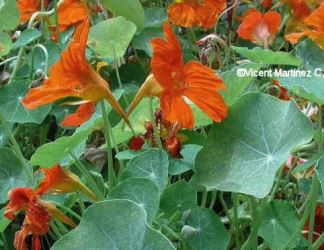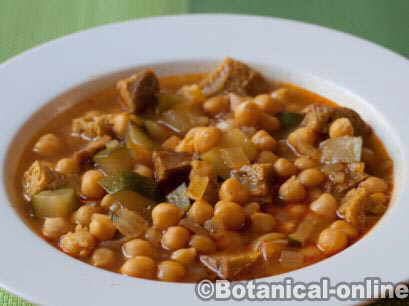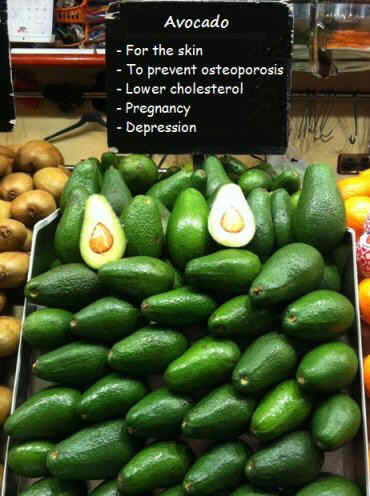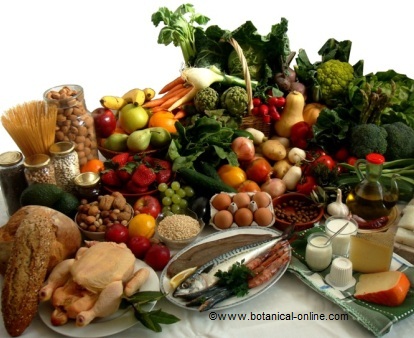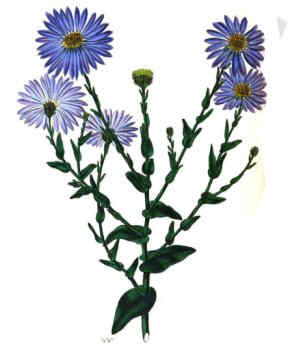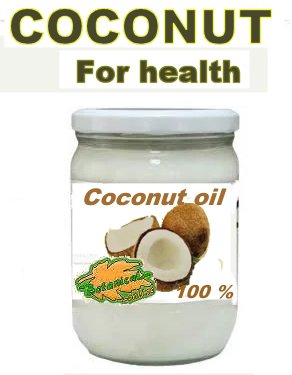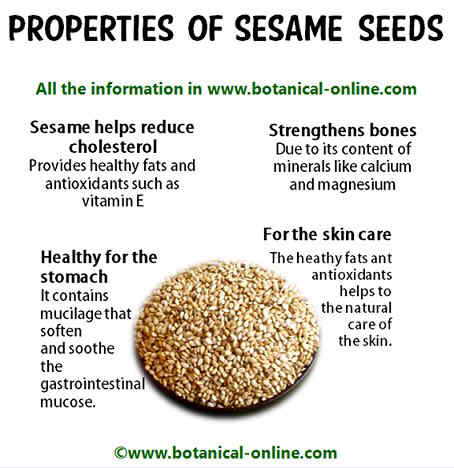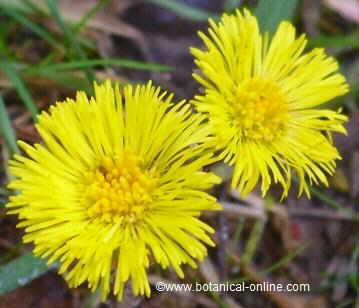Contents
Aromatic plant garden: How to plant aromatic herbs and spices
Aromatic herbs: Location and growing conditions
There is a great variety of aromatic herbs and spices. Some are annual plants, like basil, others are biennial plants, such as parsley or pansy.
Others are perennial shrubs such as rosemary or thyme.
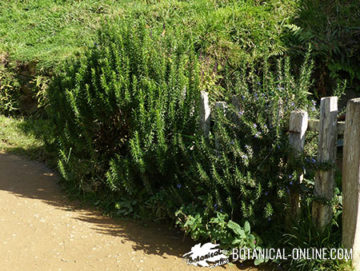
In the first two cases, the method of planting is not so important since they can be planted in pots, which will be placed in the most convenient location.
This is not the case with shrubs, which require a very precise location so that they can develop in the most suitable conditions.
In general, we can say that it is convenient to plant annuals and biennials in pots and, if we want to include them in a flower bed along with other plants, we should plant these pots directly in the flower beds.
Only when they are well located and when they are provided with the appropriate place, terrain and conditions can they develop their essential oil content, which is what gives them their healing and culinary values. Neglecting this point of view would be wasting all the potential of these herbs to focus only on their simple importance as ornamental plants.
Given the variety of this type of plants, it is important to study the location and the most appropriate way to plant and care for each of them. However, in general terms, we can choose the most appropriate location according to the conditions in the following table:
| Ideal location for aromatic plants and spices | |
| Sun exposure | Summer savory, mountain savory, basil, mugwort, garlic, anise, saffron, marigold, onion, cumin, coriander, dill, tarragon, fennel, lavender, marjoram, white mustard, oregano, pepper, pennyroyal, sage, thyme, rue, rosemary, serpol |
| Exposure: Sun or semi-shade | Wormwood, borage, garden nasturtium, laurel, peppermint, lemon balm, parsley |
| Exposure: Semi-shade | Chervil |
| Exposure: In shade | Caraway |
| Sun, semi-shade or shade | Characteristics of angelica |
Spices and aromatic plants: Types of soil used
We can classify aromatic plants and spices into three types:
- Plants of rich soils. They are those that need a soil well supplied with nutrients, especially rich in nitrogen to be able to develop

Garden nasturtium well. Herbs such as borage, mint, tarragon, angelica, lemon balm, coriander, and shrubs such as laurel would be included in this group. To make this type of soil we can mix two parts of compost with one part of garden soil.
- Plants of medium soils: These are those that need not so rich soils. It can be made from a mixture consisting of 50% garden soil, 25% compost and 25% sand. Plants such as savory, basil, saffron, parsley, chervil, marjoram or dill would be part of this type of soil.
- Plants of poor soils: These are those that need the soil least provided with nutrients. This type of soil can be made by mixing sand, compost and garden soil in similar proportions. Plants that grow well in these soils are lavender, sage, thyme, rosemary, oregano, cumin, fennel, pimpernel, rue, green anise, mugwort, marigold, nasturtium, or mustard.
How to plant aromatic herbs?
Shrubby plants, such as sage, rosemary or thyme, should be purchased and planted directly in their most suitable place, if the climate is suitable.
Cultivated in colder places they should be grown in large pots or containers so that they can be protected from the cold during the worst days.
When purchasing, make sure that these plants have rooted well, are healthy and have signs or symptoms of diseases.
Aromatic herbs or spices should be produced in seedbeds. Each seed should be planted in a single pot, which should be kept moist but not waterlogged. They should germinate indoors or better in greenhouses.
We can buy mini-seedbeds in the form of small houses especially intended for this type of crops. By using them, we will have the seeds protected from the cold and when the first leaves appear they will not be in danger of freezing.
If we do not have a covered seedbed, it is best to cover the pots with plastic so that the seeds can germinate properly and the seedlings are protected when they are born. It should not be forgotten that they must have adequate humidity to be able to develop without falling into the defect of flooding them, as they would rot.
Maintenance and care of spices and aromatic herbs
This type of plants does not require very demanding care. Mainly, you have to take into account that they have adequate humidity, especially on very hot days.
In addition to humidity, we must avoid the development of weeds. For this it is necessary to carefully weed the flower bed or pots.
Spices or aromatic plants are not prone to too many diseases. Their high content of essential oils provides them with effective protection against many pests.
In addition to humidity, it is necessary to avoid the development of weeds, for this it is necessary to carefully weed the flower bed or pots.
However, its worst enemy is the fungi that develop in overly humid and poorly ventilated plantations
To prevent the appearance of fungi, it is advisable to plant them in places with good ventilation, avoiding low areas where air stagnation occurs.
The soil should have very good drainage so that the irrigation water does not stagnate. When watering, make sure that the leaves do not get wet so that fungi do not develop.
Harvest aromatic plants and spices
The collection of leaves from aromatic plants will be carried out when they are at their best so that they have the maximum essence content. In general, aromatic plants have the highest levels of aroma before the plant begins to flower.
We should not collect the leaves of these herbs in the morning, as they will be too wet and would spoil when stored.
The best time for collection is when the herbs are free of the humidity of the night but maintain adequate humidity levels, which normally occurs in the late morning on days that are not too hot and not very humid. Herbs that must be used fresh in cooking should be picked a few moments before being used.
It is important that spices and aromatic herbs are dried and preserved under the right conditions. For drying and preserving aromatic herbs, see the section on How to preserve herbs.
![]() More information on properties of spices, list and characteristics
More information on properties of spices, list and characteristics
12 November, 2025

